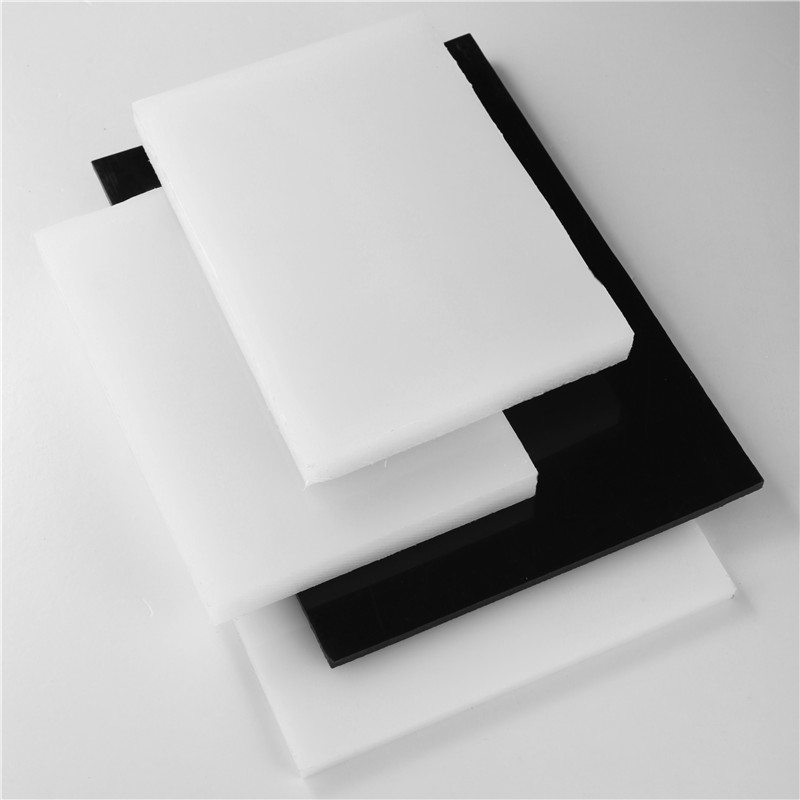Oct . 21, 2024 15:08 Back to list
Optimal Use of PPR for Hot Water Plumbing Solutions and Benefits
Understanding PPR Hot Water Pipes Benefits and Applications
PPR (Polypropylene Random Copolymer) pipes have gained immense popularity in modern plumbing systems, especially for hot water applications. Known for their durability, reliability, and cost-effectiveness, PPR pipes offer a myriad of benefits that make them an ideal choice for homeowners, builders, and industrial applications alike.
What is PPR?
PPR stands for Polypropylene Random Copolymer, a type of thermoplastic polymer that is known for its excellent resistance to heat and chemicals. Unlike traditional piping materials such as PVC or metal, PPR is more resilient to high temperatures, making it inherently suitable for hot water transport. The random copolymer structure of PPR enhances its strength and flexibility, allowing for easy installation and reduced risk of leaks.
Benefits of PPR Hot Water Pipes
1. High Temperature Resistance One of the most significant advantages of PPR pipes is their ability to withstand high temperatures, often up to 95°C (203°F). This makes them ideal for hot water systems in residential and commercial buildings.
2. Corrosion Resistance PPR pipes do not corrode like metal pipes. This feature not only extends the lifespan of the piping but also ensures that water remains safe for consumption throughout its journey, without contamination from rust or metal leaching.
3. Energy Efficiency Due to their excellent thermal insulation properties, PPR hot water pipes can considerably reduce heat loss during water transport. This energy efficiency translates into lower energy bills and a more environmentally friendly system.
ppr hot water pipe

4. Lightweight and Easy to Install PPR pipes are considerably lighter than traditional metal pipes, making transportation and installation easier and more cost-effective. The lightweight nature also reduces the load on structures where plumbing systems are installed.
5. Cost-Effective Solution Although the initial investment in PPR piping may be higher than some other materials, their long-term durability and low maintenance costs make them a more economical choice over time. They have a lifespan of over 50 years, which outweighs the upfront costs.
6. Versatility PPR pipes can be used in a wide range of applications beyond just hot water. They are suitable for cold water systems, irrigation, and industrial applications as well, making them a versatile choice for various sectors.
Applications of PPR Hot Water Pipes
PPR hot water pipes are extensively used in numerous applications, including
- Residential Plumbing Homeowners utilize PPR pipes for hot water supply in bathrooms, kitchens, and heating systems, benefiting from their durability and thermal efficiency. - Commercial Buildings In commercial settings, PPR pipes are employed for plumbing and heating systems, ensuring that hot water is delivered efficiently and reliably. - Industrial Usage Many industrial processes require hot water or steam, and PPR pipes are capable of handling these demands effectively, contributing to safer and more efficient operations.
Conclusion
The adoption of PPR hot water pipes represents a significant advancement in plumbing technology. Their combination of durability, temperature resistance, and cost-effectiveness makes them an excellent choice for various applications. As the demand for reliable and efficient piping solutions continues to grow, PPR pipes are likely to remain at the forefront of plumbing innovations, benefiting both consumers and the environment. Whether for residential, commercial, or industrial use, PPR hot water pipes offer an unbeatable combination of performance and longevity.
-
High-Quality HDPE Sheet | Durable Plastic Panels
NewsAug.06,2025
-
High-Precision PVC Rigid Sheets for Vacuum Forming | AI-Optimized
NewsAug.05,2025
-
Durable PVC-M Water Supply Pipes | 60-Year Life
NewsAug.04,2025
-
Premium HDPE Water Supply Pipes: Durable & Leak-Proof
NewsAug.03,2025
-
Premium PVC-M Water Supply Pipe - Durable & Efficient
NewsAug.02,2025
-
HDPE Drainage & Irrigation Pipe - Durable, Efficient Solutions
NewsAug.01,2025

